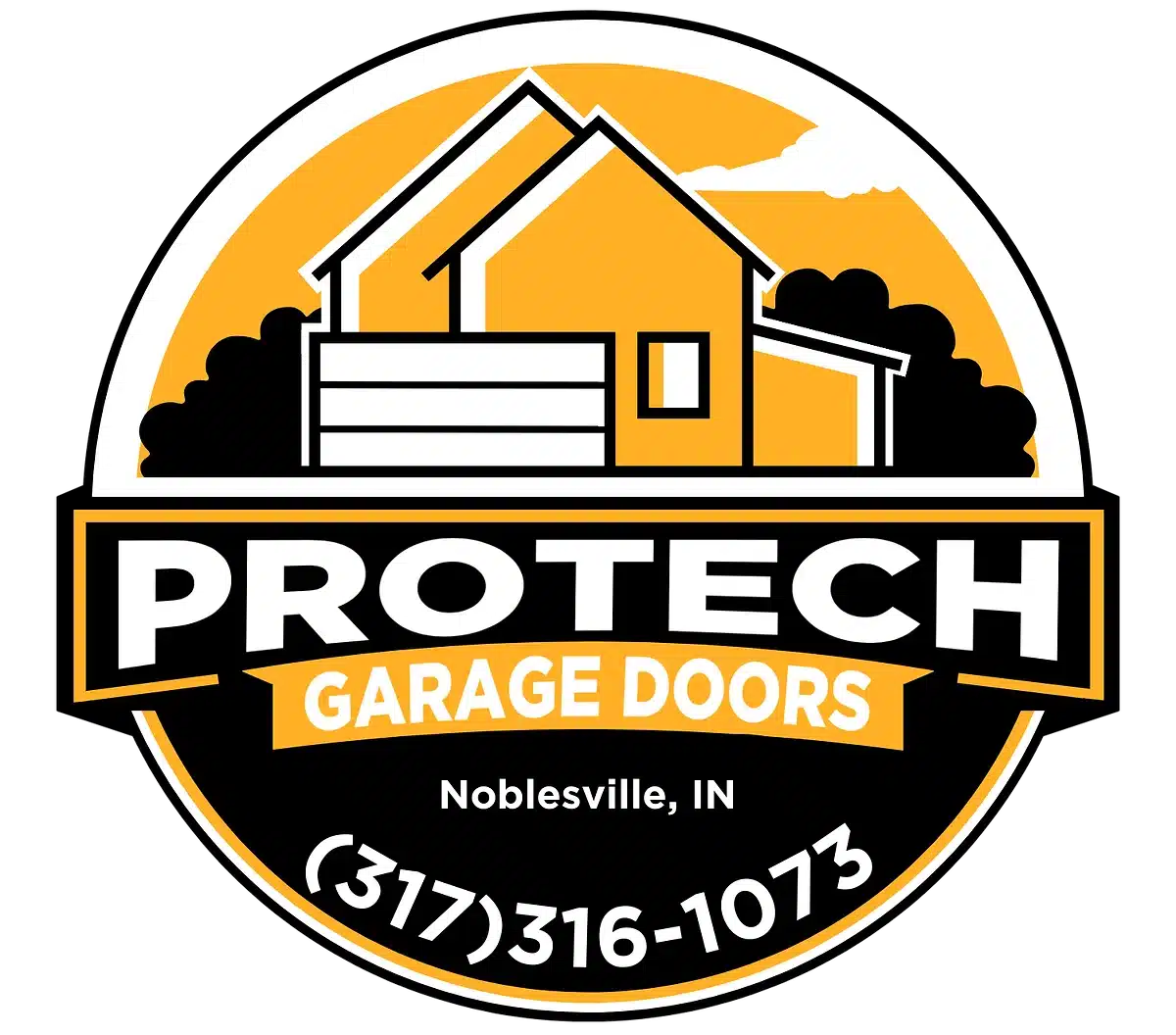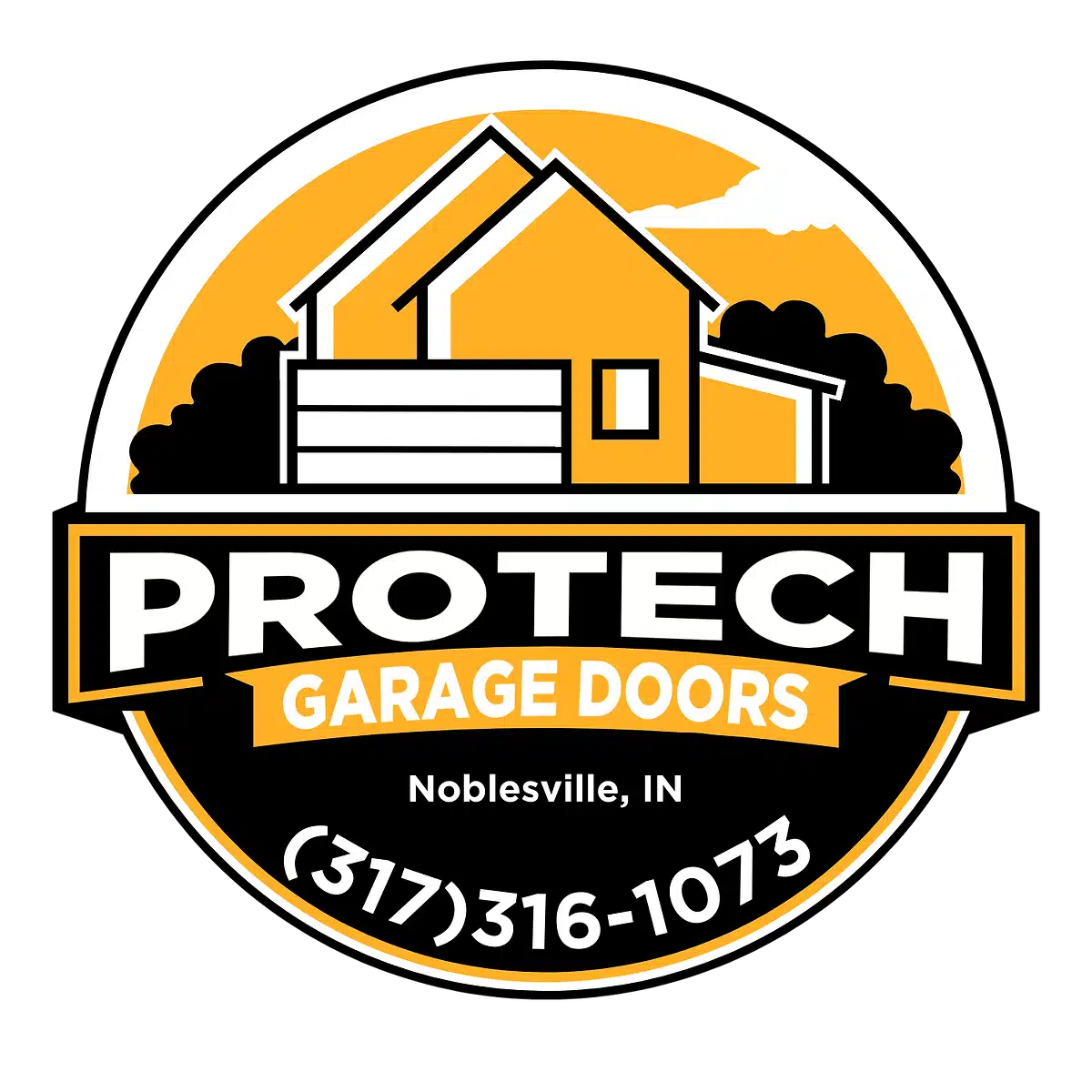Garages are essential parts of many homes, often serving as storage areas, workshops, or parking spaces. However, they can quickly become cluttered and fall into disrepair. If your garage looks a bit drab, don’t worry—transforming it into a fab space is easier than you might think!
This guide will discuss some of the most common garage problems and offer practical, step-by-step solutions for fixing them. From dealing with cracks in the concrete floor to repairing damaged doors and organizing clutter, we’ve got you covered.
By the end of this guide, you’ll have the knowledge and confidence to tackle these issues head-on, ensuring your garage is functional and a space you can be proud of. Let’s get started on turning your garage from drab to fab in no time!
Identifying Common Garage Problems
Before starting any repairs, it’s crucial to identify the specific problems in your garage. Common issues include:
- Garage Door Problems: These can manifest as stuck doors, broken springs, or malfunctioning openers. Issues with the garage door can compromise security and accessibility.
- Structural Issues: Look for cracks in the walls or floor, leaks, and damaged siding. These problems can weaken the structure and lead to more significant damage if not addressed.
- Electrical Issues: Faulty wiring, broken outlets, or malfunctioning lighting can create safety hazards and affect the functionality of your garage.
- Water Damage: Check for leaks from the roof, walls, or floor, which can cause mold growth and structural damage.
- Pest Infestations: Rodents, insects, or other pests can damage the garage’s structure or contents, creating health risks and potential property damage.
Identifying these problems early ensures you address them effectively, maintaining the garage’s safety and functionality.
Tools and Materials Needed
Before beginning any repairs, make sure you have the following tools and materials on hand:
- Silicone-based lubricant
- Level
- Clamps
- Concrete filler
- Waterproof sealant
- Replacement springs (for garage doors)
- Wire cutters and strippers
- New outlets and bulbs
- Fans of dehumidifiers
- Bleach
- Pest traps or baits
Step-by-Step Repair Guide
Maintaining and repairing your garage is essential to remain functional, safe, and secure. Whether you’re dealing with a stuck garage door, structural issues, electrical problems, water damage, or pest infestations, follow these steps to keep your garage in top condition and avoid costly repairs down the line.
1. Garage Door Problems
Stuck Door:
Step 1: Lubricate Moving Parts: Apply a silicone-based lubricant generously to the rollers, tracks, and hinges to reduce friction and ensure smooth operation.
Step 2: Check for Obstructions: Carefully inspect the tracks for any debris, such as dirt or small objects, and remove them to allow the door to move freely.
Step 3: Adjust the Tracks: Use a level to check the alignment of the tracks, and tighten any loose brackets to secure them in the correct position.
Broken Springs:
Step 1: Disconnect the Opener: Unplug the garage door opener to prevent accidental activation during spring replacement.
Step 2: Secure the Door: Use heavy-duty clamps or locking pliers to hold the door in place and prevent it from moving while you work.
Step 3: Replace the Springs: Carefully follow the manufacturer’s instructions to replace the broken springs, ensuring all safety precautions are observed to avoid injury.
Malfunctioning Opener:
Step 1: Check the Power Supply: Confirm that the opener is correctly plugged into an electrical outlet and that the circuit breaker or fuse has not tripped.
Step 2: Replace the Remote Batteries: Open the remote control and replace the old batteries with fresh ones, ensuring correct polarity.
Step 3: Reprogram the Opener: Refer to the manual to reset the opener and reprogram the remote control to restore proper functionality.
2. Structural Issues
Cracks in Walls or Floor:
Step 1: Clean the Area: Thoroughly clean the cracks by removing any loose debris, dust, or dirt to ensure the filler adheres properly.
Step 2: Apply a Crack Filler: Fill the cracks completely with a suitable concrete filler for floor cracks and an appropriate wall filler for wall cracks.
Step 3: Smooth the Surface: Use a trowel to level the filler, remove any excess material, and allow it to dry according to the manufacturer’s instructions.
Leaks:
Step 1: Identify the Source: Inspect the roof, walls, and floor for any signs of water entry, such as damp spots or water stains, to locate the source of the leak.
Step 2: Seal the Leaks: Apply a high-quality waterproof sealant to the affected areas, fully covering all cracks and gaps.
Step 3: Repair Roof Damage: Replace any damaged shingles or tiles on the roof and seal any gaps or holes to prevent future water infiltration.
Damaged Siding:
Step 1: Remove Damaged Sections: Carefully use a pry bar to remove the damaged sections of the siding without causing further damage to the surrounding area.
Step 2: Install New Siding: Cut new siding pieces to the exact size needed and attach them using nails or screws, ensuring a snug fit.
Step 3: Seal the Edges: Apply a bead of caulk around the edges of the new siding to create a waterproof seal and prevent moisture from entering.
3. Electrical Issues
Faulty Wiring:
Step 1: Turn Off the Power: Shut off the garage’s power from the main breaker panel to avoid electrical shock while working on the wiring.
Step 2: Inspect the Wiring: Look for signs of damage, such as frayed wires, burns, or corrosion, and identify any sections that need replacement.
Step 3: Replace Damaged Wires: Use wire cutters to replace the damaged sections with new wiring, strip and connect the wires properly.
Broken Outlets:
Step 1: Turn Off the Power: Ensure the power is completely off before working on the electrical outlets.
Step 2: Remove the Outlet: Unscrew the outlet cover, disconnect the wires, and carefully remove the old outlet from the wall.
Step 3: Install a New Outlet: Connect the new outlet to the wiring, ensuring all connections are tight and secure, and screw it back into place.
Malfunctioning Lighting:
Step 1: Replace Bulbs: Remove the old, burnt-out bulbs and replace them with new ones, ensuring they are the correct type and wattage.
Step 2: Check Fixtures: Ensure the light fixtures are securely attached to the ceiling or wall and that all electrical connections are intact.
Step 3: Upgrade to LED: To improve illumination and reduce energy consumption, consider replacing older light fixtures with energy-efficient LED lights.
4. Water Damage
Step 1: Dry the Area: Use fans, dehumidifiers, or both to thoroughly dry damp areas, preventing mold growth and further damage.
Step 2: Remove Mold: Clean moldy areas with water and bleach, scrubbing thoroughly to remove all mold spores and disinfect the surface.
Step 3: Repair Leaks: Apply a waterproof sealant to seal any cracks or gaps where water enters, ensuring a thorough application to prevent future leaks.
Step 4: Improve Drainage: Ensure that gutters and downspouts properly direct water away from the garage, adding extensions if necessary.
5. Pest Infestations
Step 1: Identify the Pests: Determine the type of pests by examining droppings, nests, or damage to identify the appropriate control measures.
Step 2: Seal Entry Points: Close off any gaps, holes, or cracks where pests might be entering, using caulk or other sealants to block their access.
Step 3: Set Traps or Baits: Place traps or baits specifically designed for the type of pest you are dealing with in strategic locations to capture or eliminate them.
Step 4: Clean the Area: Remove any nesting materials, droppings, or food sources to discourage pests from returning, and maintain a clean and tidy garage to prevent future infestations.
Expert Q&A on How to Repair a Garage
How to fix a garage door off-track?
First, disconnect the door from the opener to fix a garage door that is off track. Then, lift the door manually until the rollers align with the tracks. Use pliers to adjust the track if needed and ensure it’s straight. Once the rollers are back in place, reattach the door to the opener and test for smooth operation.
How to fix a garage opener?
To fix a garage opener, check the power source and replace any dead batteries in the remote. Inspect the sensors for alignment and clear any obstructions. If the opener motor is malfunctioning, consult the user manual for troubleshooting steps or contact a professional for repair or replacement.
Can you fix a garage door yourself?
Yes, you can fix new garage door issues yourself, such as lubricating moving parts, tightening loose bolts, or realigning safety sensors. However, professionals should handle more complex problems like broken springs or cables to avoid injury and ensure proper repair.
How do I fix my garage gap?
To fix a garage door gap, check and adjust the limit settings on the opener to ensure the door closes completely. Inspect the weather stripping at the bottom of the door and replace it if worn out. Ensure the door is properly aligned and the tracks are free from obstructions.
How do I repair a cracked garage floor?
To repair a cracked garage floor, clean the crack thoroughly and remove any loose debris. Apply a concrete filler or epoxy resin into the crack, using a putty knife to smooth it out. Let the filler set as directed by the manufacturer’s guidelines. For larger cracks, consider professional repair to ensure long-term stability.
Conclusion
Repairing a garage involves addressing various potential issues, such as door problems, structural damage, electrical faults, water damage, and pest infestations. By following the steps outlined in this guide and using the right tools and materials, you can effectively tackle most garage repairs.
Regular maintenance and prompt attention to emerging problems are key to keeping your garage door repair needs in check and your garage in top condition. For complex or significant repairs, don’t hesitate to seek professional assistance to ensure the job is done safely and correctly. Regular upkeep extends the life of your garage and enhances its functionality and safety.
End Note
Transforming your garage from drab to fab is easier than you think, especially with Protech Garage Doors by your side! Whether you’re a DIY enthusiast or prefer leaving it to the pros, we’re here to help every step of the way. From expert tips to professional services, our goal is to ensure your garage door operates smoothly, looks fantastic, and adds value to your home.
Need some guidance on your latest project? Visit our Blog for detailed guides and expert advice tailored to your needs. If you’re ready for more hands-on help, explore our wide range of Garage Door Services in Noblesville and surrounding areas, or check out our New Garage Door Installation options for a fresh look.
Curious about what we can do? Our Gallery showcases some of our latest projects, giving you a glimpse of how we can transform your garage. If you have any questions or need personalized advice, don’t hesitate to Contact Us—our team is always ready to help.
At Protech Garage Doors, we believe in turning your garage into a space you can be proud of. Let’s work together to elevate your home’s curb appeal and functionality. Thank you for choosing Protech Garage Doors—where quality meets satisfaction, every time!

